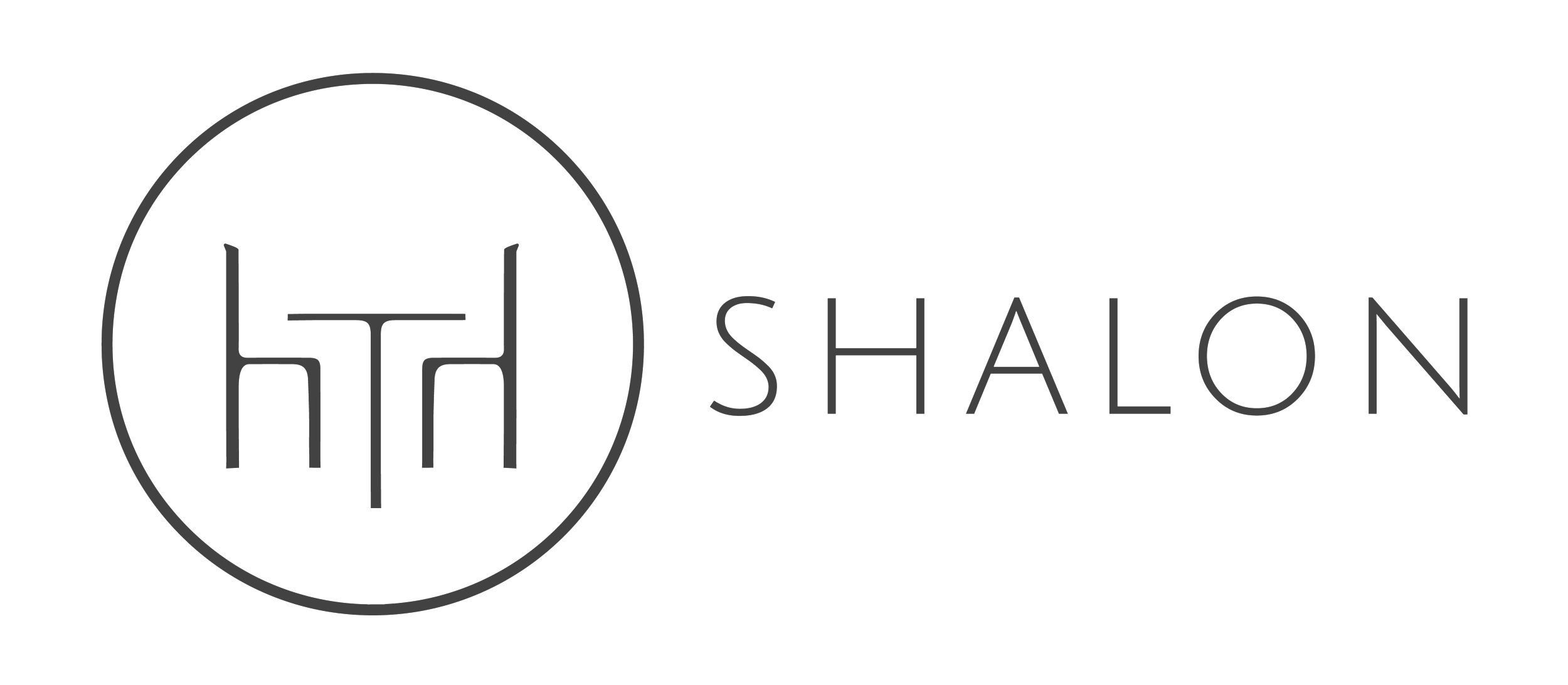The Impact of Identity
I grew up accepting my identity as a CIS, heterosexual, white, Jewish female. It never occurred to me to question those labels because they never felt uncomfortable. If I experienced discrimination or harassment as a result of who I am, it’s been limited. Rarely have I felt unsafe or unsupported in reporting, commiserating, and advocating for change.
Facilitating conversation at Shalon
As part of my role as a community builder, I am hosting Shalon, moderated conversation around the dinner table, to explore The Spectrum of Identity. As it approaches, it’s become obvious that there is much I don’t know about the non-binary ways that people across the world identify. Furthermore, there is so much that I don’t know about how people’s unique identities impact their daily lives when it comes to building relationships and families, developing careers and feeling empowered no matter where they are, who they interact with and what they try to accomplish.
I am sharing some of the information I’ve discovered during my preparation so that you can bring this into your own conversations – formal or informal – as we all work to make our communities and our world a more educated, accepting and supportive place for all people.
The Human Rights Campaign has provided a short list of definitions that are helpful if you’re new to navigating this topic: https://www.hrc.org/resources/sexual-orientation-and-gender-identity-terminology-and-definitions
Did you know:
From the ACLU: Laws protecting the rights of a person that doesn’t identify with one gender – or perhaps doesn’t identify with the gender that they were assigned at birth - vary from state to state. However, since 2009, the federal hate crimes law has covered gender identity, which means that the federal government assists local law enforcement in investigating and prosecuting crimes where the victim was targeted because of their gender identity, and people who commit such crimes may be subject to tougher penalties. Similarly, more than a dozen states have hate crime laws that clearly protect transgender people. In several states, transgender people are also sometimes protected when hate crime laws cover perceived sexual orientation, or under laws covering hate crimes based on “sex.”
Photo by Kevin Jesus Horacio
According to the National Center for Biotechnology Information (NCBI) in association with the US National Library of Medicine and the National Institutes of Health, more and more people are beginning to identify as transgender or gender non-conforming. In 2016, their study indicated that approximately 1 Million Americans identified as transgender.
Studies in 2016 have placed the number closer to 1.4 Million according to analyses of federal and state data. The expectation is that the number has increased in the years since the study was published. The New York Times
This is important to know because of the public health implications. Under- or nonrepresentation of transgender individuals in population surveys is a barrier to understanding social determinants and health disparities faced by this population.
From Forbes.com: Last year, over 20 trans people were killed in the U.S alone. Additionally, according to a 2018 research, the United States is one of the few western countries that are still most likely to believe that trans people have a mental illness. Also, one in three Americans believe that transgender people are committing a sin, the same survey revealed.
According to the National Transgender Discrimination Survey (NTDS), nearly 80% of trans people reported that they were harassed while 35% said that they were physically assaulted at school.
In the U.S, the transgender unemployment rate is three times higher than the national average, states the Out & Equal Workplace Advocates' 2017 report. The same report also adds that there's no state-level gender identity protection in 30 of the 50 U.S states. This means that transgender employees can be fired in these states just because of their gender identity. Meanwhile, according to the National Transgender Discrimination Survey (NTDS), almost all of the respondents (90%) reported experiencing harassment, mistreatment or discrimination on the job or took actions like hiding their gender identity to avoid it.
Routinely confronted by stigma and exclusion, it’s unsurprising that trans people are nine times more likely to attempt suicide as compared to the general population.
These are just a few facts that come up when you start to look into the lives of our families, friends and neighbors who identify outside the default, binary scope of gender (or other) identity throughout the course of their lives.
The more we can do to understand, to identify and address challenges, the find a way to connect, the more we all contribute to reducing stigma and hateful attacks on people’s existence – all of which allow for greater contribution to our neighborhoods, our communities and society as a whole.
I am grateful for the welcoming, safe and respectful space that Shalon provides for these conversations to happen. I hope you’ll join us around the table to break bread, break barriers and break the silence.


